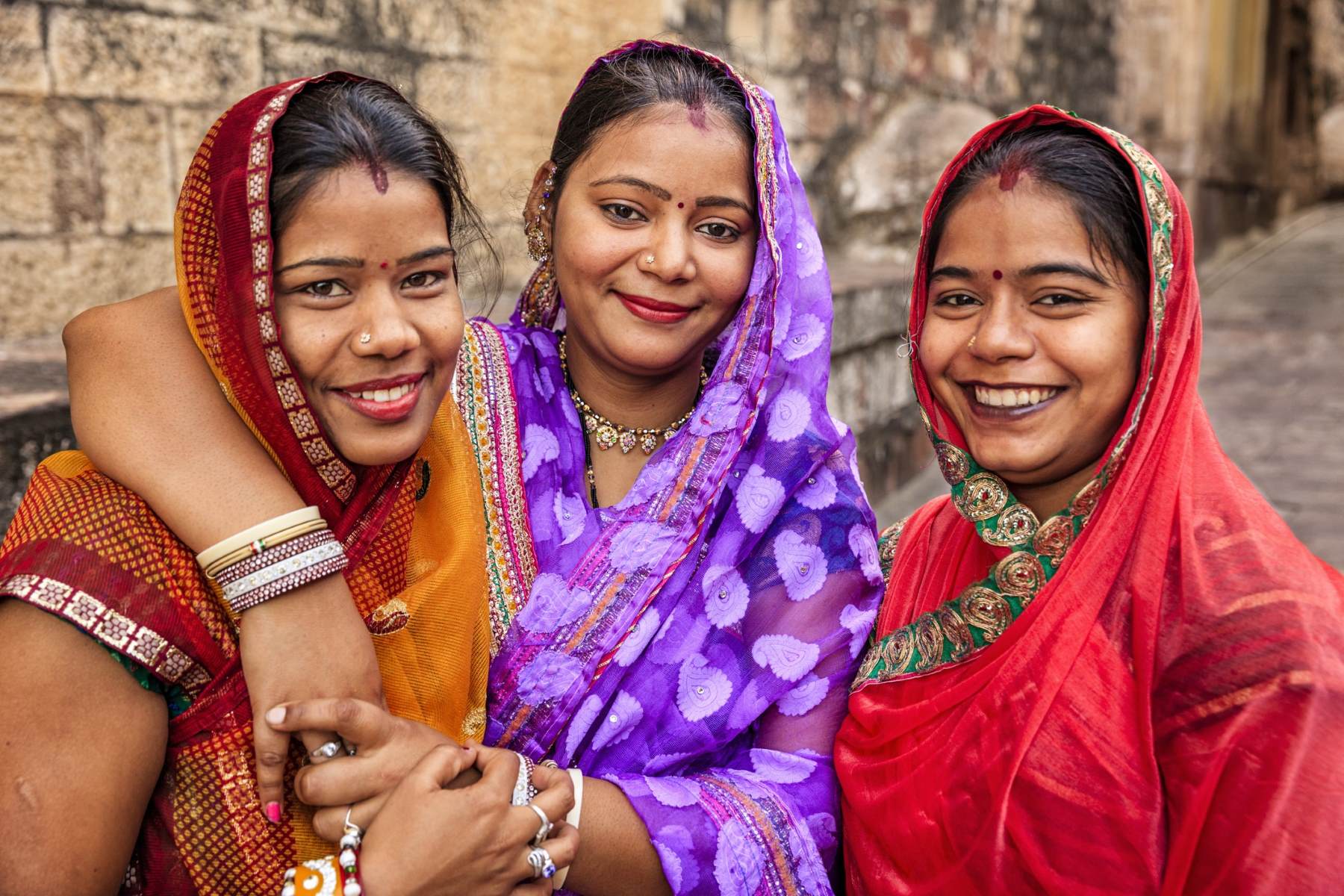The Fascinating Reason Behind Indian Head Shakes

Have you ever noticed how people in India shake their heads in different ways? It might seem confusing at first, but each head shake has a special meaning. Indian head shakes are a unique part of the culture, used to express agreement, disagreement, or even just to show that someone is listening. Understanding these gestures can make communication much smoother when visiting India. Whether you’re planning a trip or just curious, learning about these head shakes can give you a deeper appreciation for the rich traditions of this vibrant country. Ready to decode the mystery behind these gestures? Let's dive in!
What Does the Indian Head Shake Mean?
The Indian head shake, also known as the head bobble, can be quite confusing for those unfamiliar with it. This gesture can convey a variety of meanings depending on the context, speed, and angle of the shake. Let's break down the different interpretations.
Agreement and Affirmation
One of the most common meanings of the Indian head shake is agreement or affirmation. When someone shakes their head side-to-side in a quick, fluid motion, it often means "yes" or "I agree."
- Quick Side-to-Side Shake: This usually indicates a strong agreement or a positive response. It's like a nod but with a twist.
- Slow Side-to-Side Shake: A slower shake can mean a more thoughtful or considered agreement. It suggests the person has taken a moment to think before agreeing.
Politeness and Acknowledgment
In many cases, the head shake is used as a polite way to acknowledge someone or something. It's a subtle gesture that can convey respect and attentiveness.
- Gentle Bobble: A gentle, almost imperceptible bobble can be a polite way to acknowledge someone's presence or words without interrupting.
- Slight Tilt with Smile: Adding a slight tilt and a smile can make the gesture even more polite and friendly, showing warmth and openness.
Uncertainty or Hesitation
The head shake can also indicate uncertainty or hesitation. This is often seen when someone is unsure about something or needs more information.
- Wobbly Shake: A wobbly, uneven shake can signal that the person is unsure or hesitant. It suggests they are weighing their options or need more time to decide.
- Side-to-Side with Raised Eyebrows: Combining the shake with raised eyebrows can emphasize the uncertainty, making it clear that the person is questioning or doubting something.
Cultural Nuances and Variations
The Indian head shake is rich with cultural nuances and can vary significantly from region to region. Understanding these variations can help in interpreting the gesture more accurately.
- Regional Differences: In some parts of India, the head shake might be more pronounced or have a different rhythm, reflecting local customs and communication styles.
- Generational Differences: Younger generations might use the head shake differently compared to older generations, influenced by modern communication trends and global exposure.
Non-Verbal Communication in India
The head shake is just one aspect of the rich tapestry of non-verbal communication in India. Understanding these gestures can enhance your interactions and help you connect more deeply with people.
- Hand Gestures: Alongside the head shake, hand gestures play a crucial role in Indian communication. For example, the "namaste" gesture is a common way to greet and show respect.
- Facial Expressions: Facial expressions often accompany the head shake, adding layers of meaning. A smile, frown, or raised eyebrows can significantly alter the interpretation of the gesture.
Understanding the Indian head shake can greatly enhance your interactions and help you navigate social situations with ease. Whether you're traveling in India or interacting with Indian friends and colleagues, this knowledge will serve you well.
Understanding Indian Head Shakes
Indian head shakes are more than just gestures. They reflect a rich cultural heritage and convey a range of emotions and responses. From the subtle side-to-side shake indicating agreement or understanding to the more pronounced nods and tilts, these movements are integral to communication in India.
Travelers should pay attention to these gestures to better connect with locals. Misinterpreting a head shake could lead to confusion, but understanding them can enhance interactions. It's fascinating how such a simple gesture can carry so much meaning.
Next time you visit India, observe these head shakes closely. They offer a unique insight into the culture and can make your experience more enriching. Embrace the nuances of Indian communication and you'll find yourself more attuned to the subtleties of this vibrant culture.

